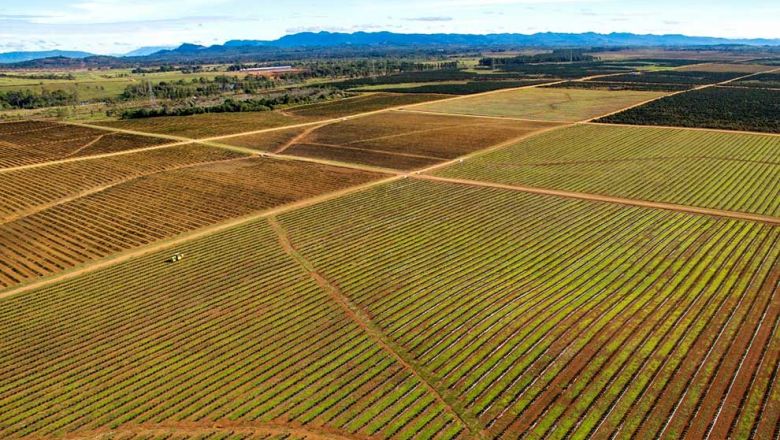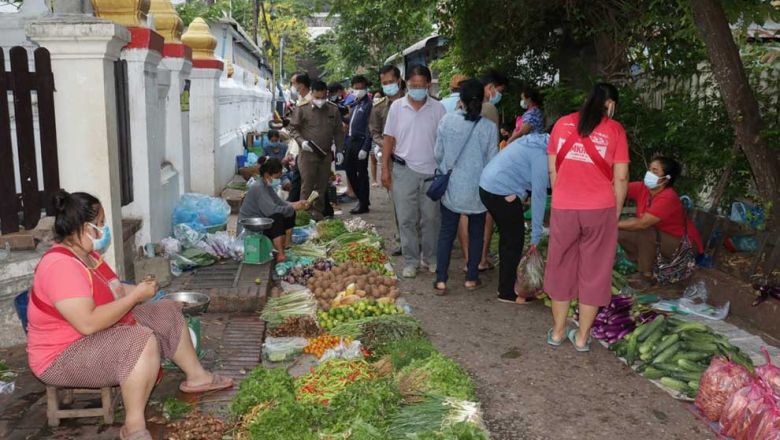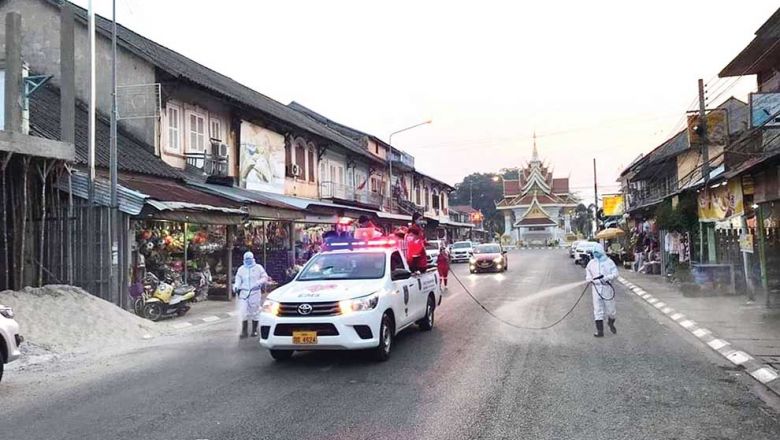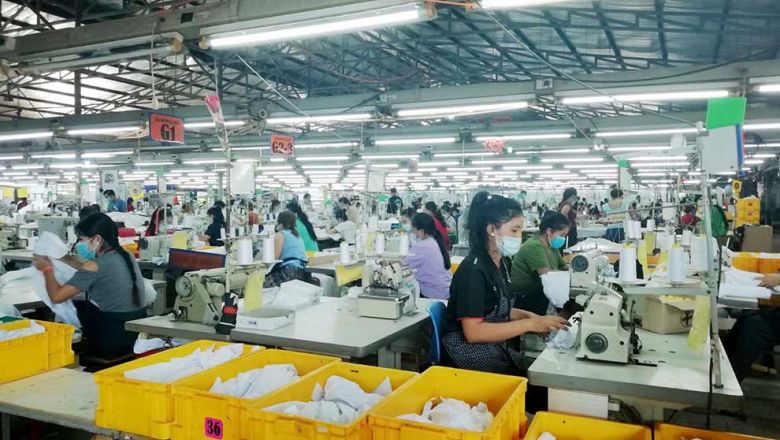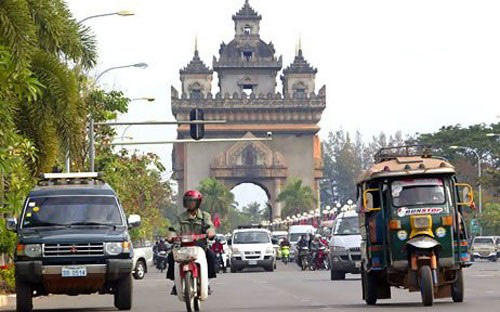Asia’s growth dynamic, vital, relevant for globe: WB
Asia’s growth dynamic, vital, relevant for globe: WB
Asian economies including Laos will continue to grow at high rates, together serving as a significant driver for the global economy despite various challenges and headwinds.
World Bank Group Managing Director and Chief Financial Officer Joaquim Levy made the comments in delivering his remarks at the 23rd International Conference on the Future of Asia held in Tokyo, Japan recently.“Asian companies remain vital for the world economy,” Mr Levy said.
“But with the risk of protectionism rising in the West, expanding the cross-border flow of goods and services within Asia and particularly in the Asean area has acquired a new relevance.”
He explained that economies in Asia remain dynamic and resilient.
Even leaving aside the two economic giants of China and India, which are now among the world’s four largest economies in Purchasing Power Parity (PPP) terms, developing countries in Asia continue to grow much faster than the rest of the developing world and are providing the largest contribution to global growth, he said.
In Asia, as well as in other regions, benefits from competition and innovation can be brought by further lowering barriers to trade, investment and labour mobility.
The recent and moderated improvement in commodity prices is helping the region’s commodity exporters, while not hurting its commodity importers, which have benefited from the decline in these prices since 2013.
The improvement in commodity prices is also a good news for Laos since the country partially relies on export of mining and agriculture products.
Last year, Lao economy grew at 7.02 percent, driven by hydropower projects and private investment in resource sector.
Mr Levy said global GDP growth has also strengthened in the last few quarters, despite some surprises, such as the decision of the UK to leave the EU.
There had also been an uptick in global trade, after a long period of decline that followed the global financial crisis of 2008.
Mr Levy said investment growth, however, remains weak, with potentially serious consequences, including for emerging markets.
“There are also uncomfortable signs around us, including rising protectionism and not enough appetite for investment; and less confidence in a shared, global approach to problems and trends that can affect world stability,” he said.
The past success of many Asian economies has reflected their ability to reallocate labour across sectors, from agriculture to manufacturing and then to services.
“The challenge today is how to increase productivity within sectors to bolster growth.
“Not just in manufacturing but increasingly in the services sector, where demand and employment are rising. I believe there are actions that can be effective to respond to this challenge,” Mr Levy said.
Across the whole Asia, he said 45 intraregional trade agreements have been signed, which is more than the 41 agreements in Europe.
Analysis shows that, compared to Europe, regional integration in Asia remains “shallow,” mostly focused on reducing tariffs.
Deepening trade agreements to address non-tariff measures, including standards, investment and competition policies, intellectual property rights, and movements of capital and people is crucial for today’s increasingly sophisticated and diversified economies and to contribute to new sources of intra-regional demand, Mr Levy said.



